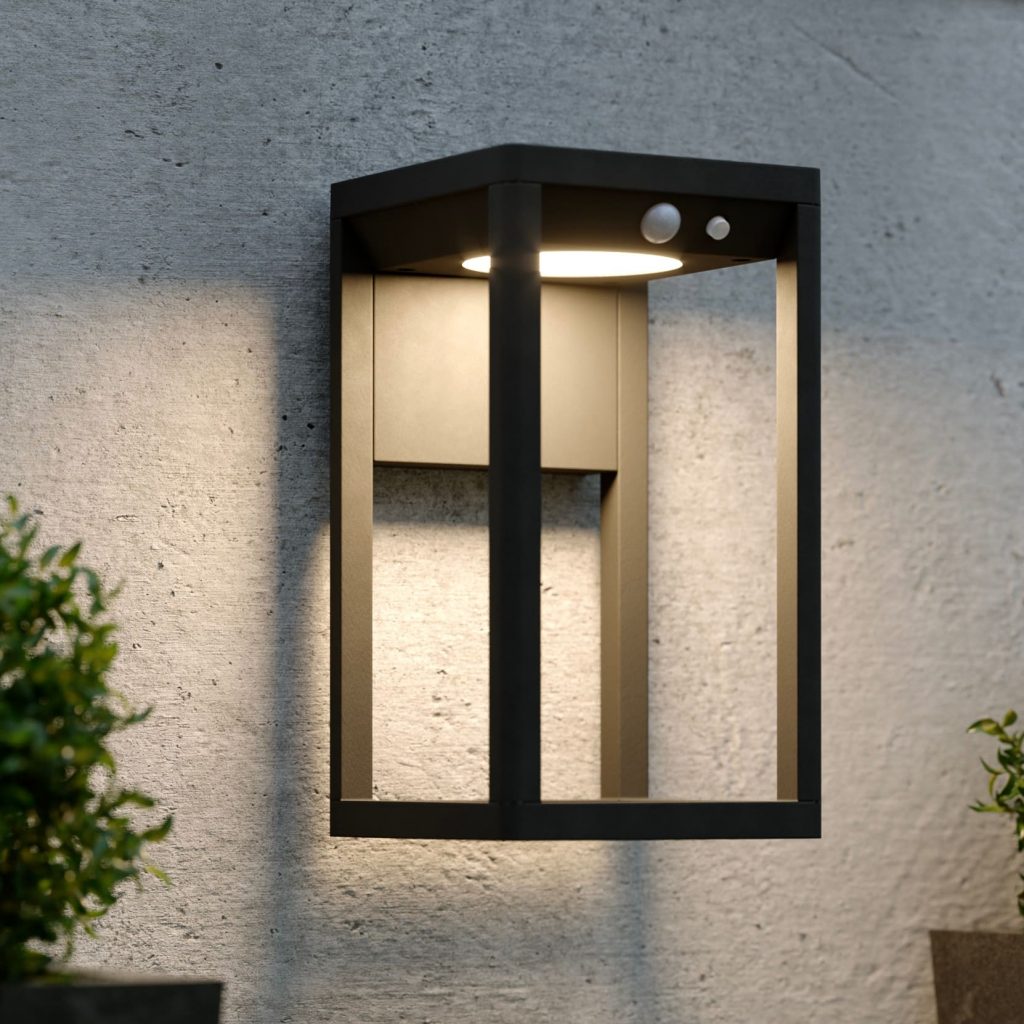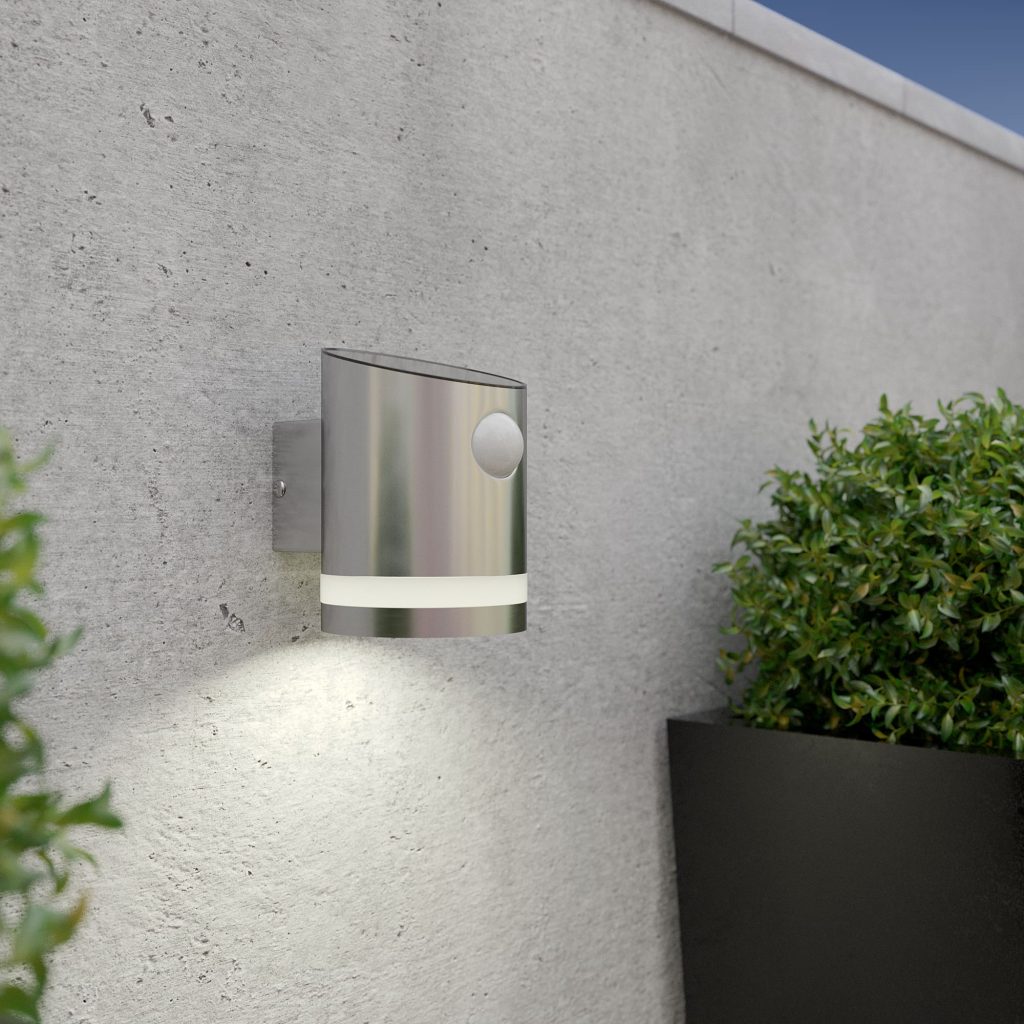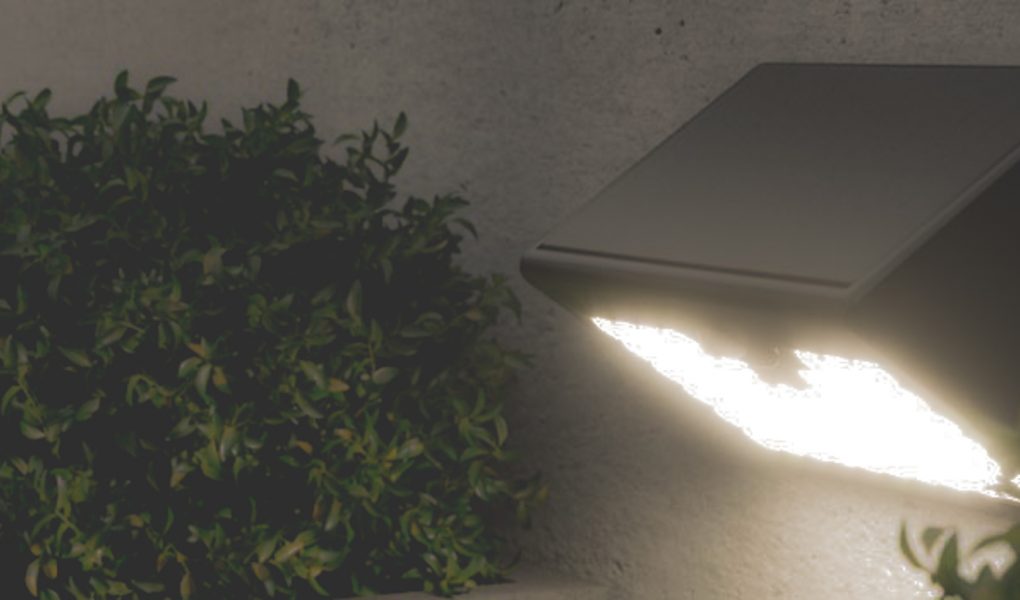The days are getting darker, and with that solar security and solar motion welcome lights are in higher demand. Motion sensors are perfect for ensuring the security of your front door, as well as allowing you to navigate through the darkness without the need to fumble for your keys. They don’t need to be turned on or off and only activate when movement is detected within the sensor radius.
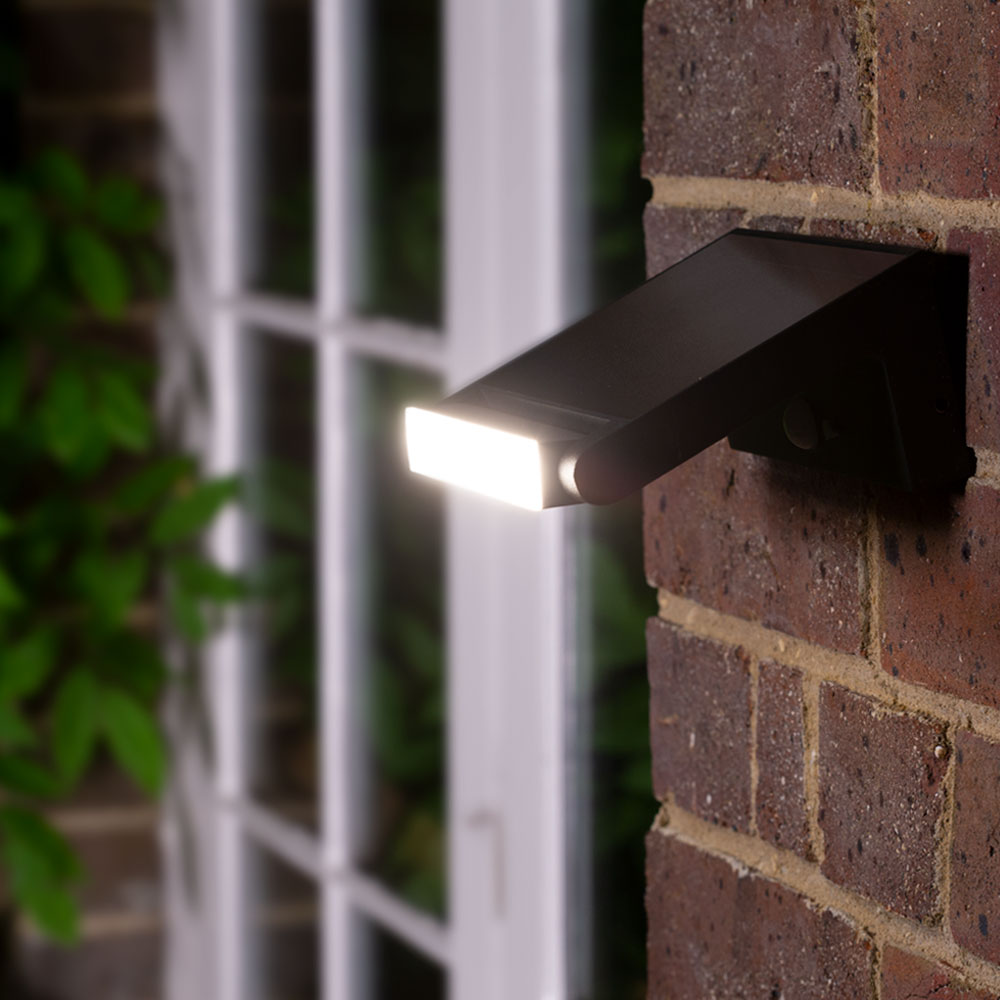
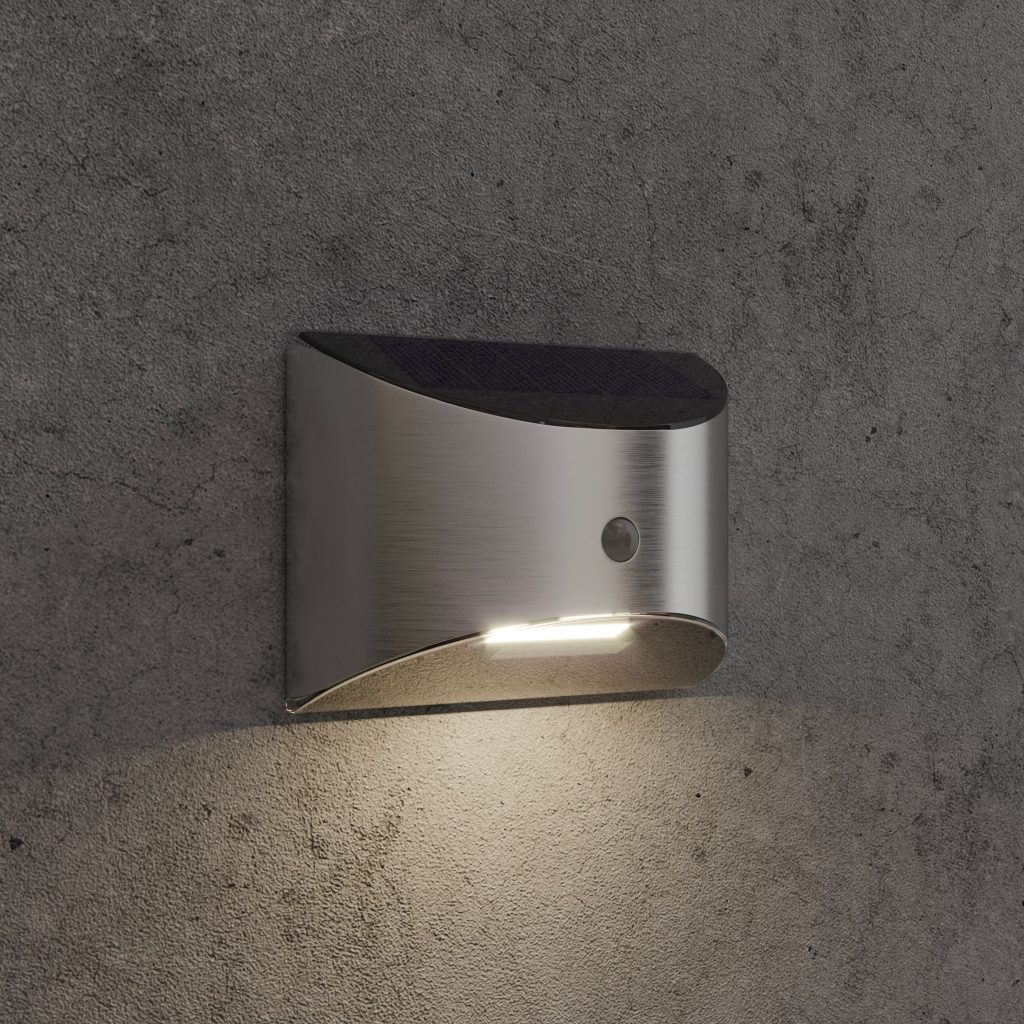
How do motion lights work?
Motion detectors are small electronic eyes that detect infrared waves, i.e. heat waves that radiate from moving objects. When the detector senses an object moving across its field of view — especially warmer objects such as people, animals and cars — it electronically turns on the lights.
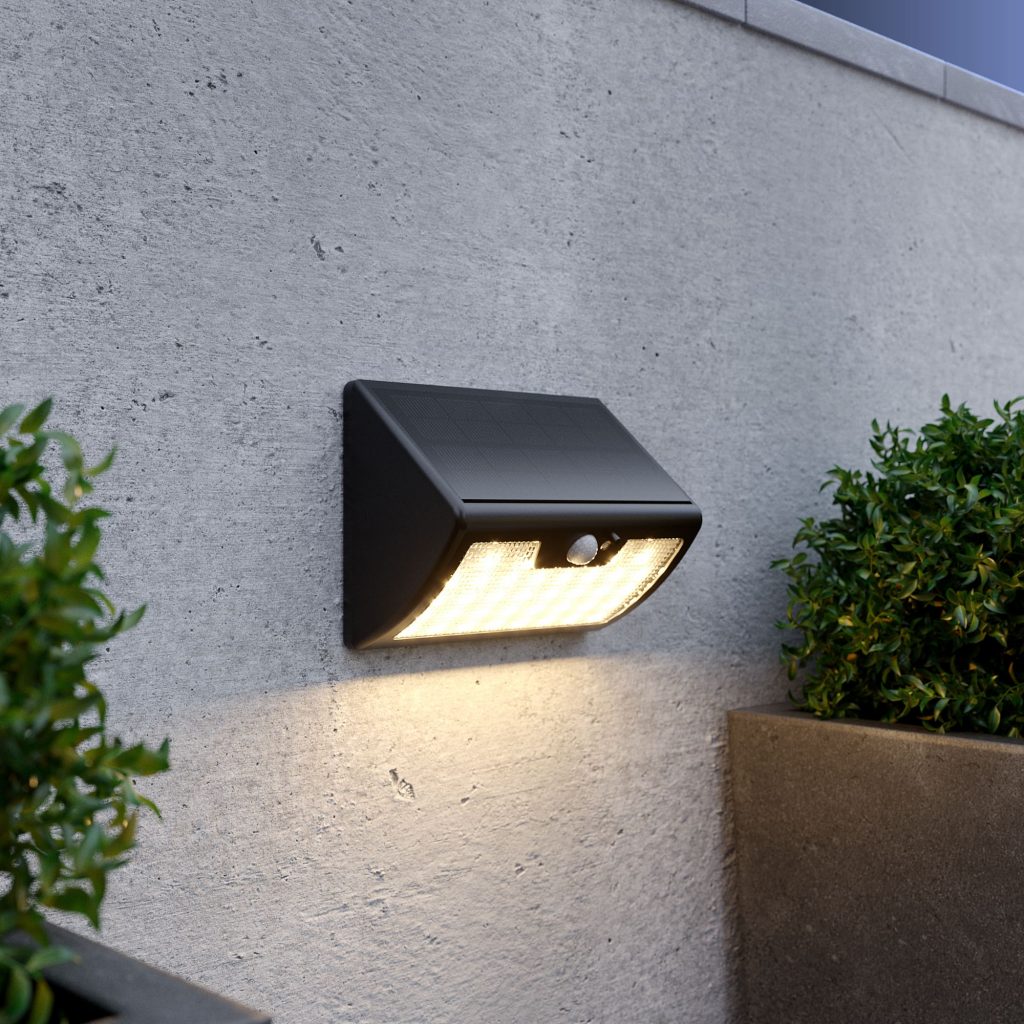

Do I need an electrician to install solar motion lights?
Absolutely not! It can be quite expensive for an electrician to come and install and secure regular security lights, but modern solar-powered lights come without the need for main cables, and it is very easy to install them yourself. It often is as easy as mounting the solar motion light to a wall, fence or doorway of your preference with a screw and attaching the solar security light accordingly.
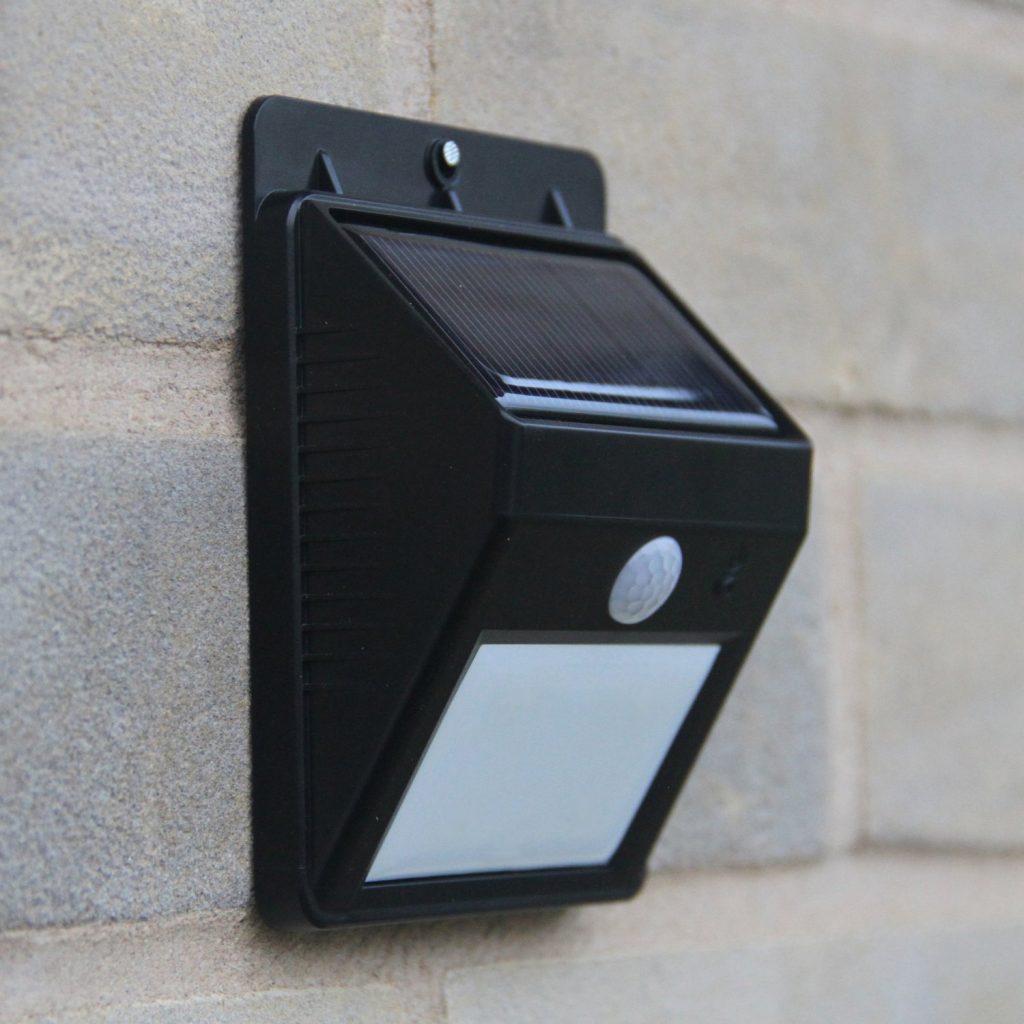
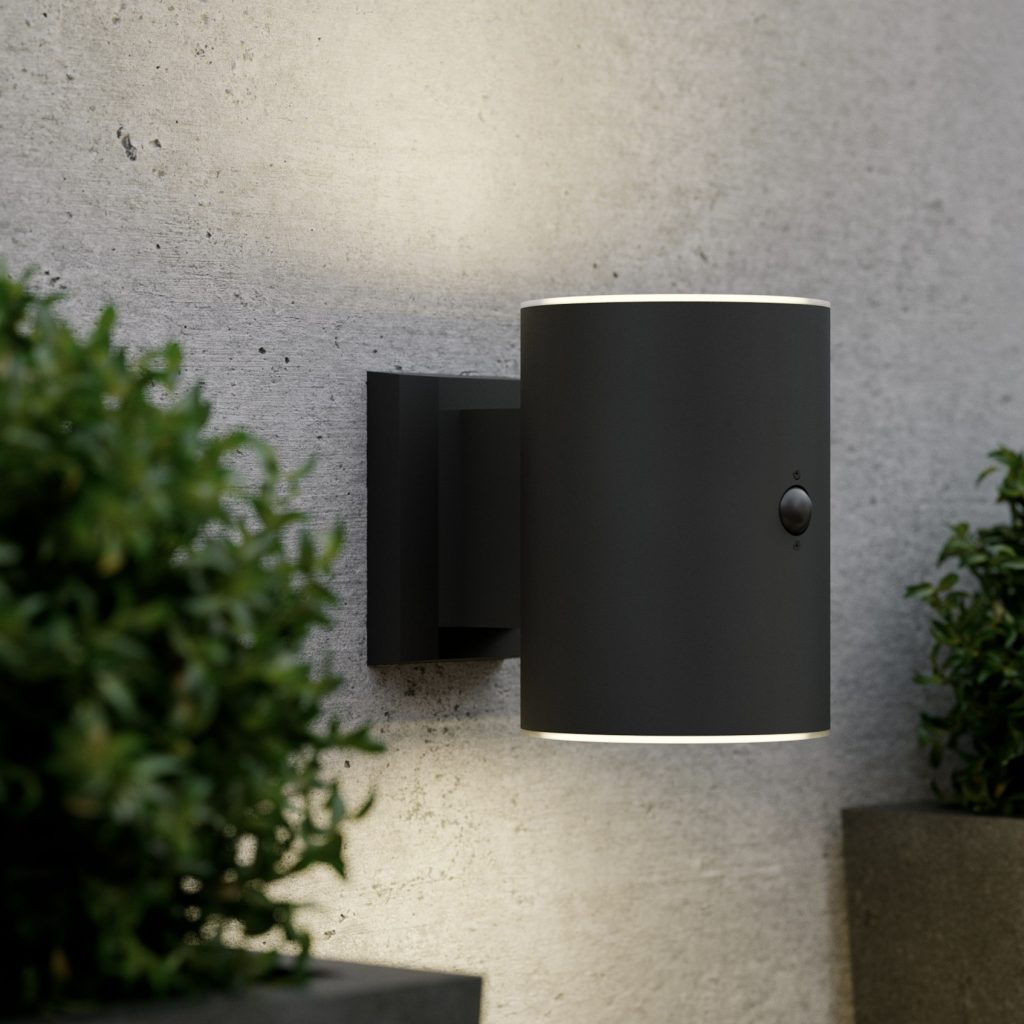
Is a solar-powered motion light bright enough?
Interestingly, the way a solar battery releases the energy is in bursts. As the light isn’t on all the time, the battery can release short bursts of almost double your average light, without it depleting the battery quickly. The short release of the light also means that motion sensors generally are more reliable than your everyday solar lamps. In the winter, when the panel receives on average 9x less light than in the summertime, being able to release light in short bursts means solar motion lights are unaffected.
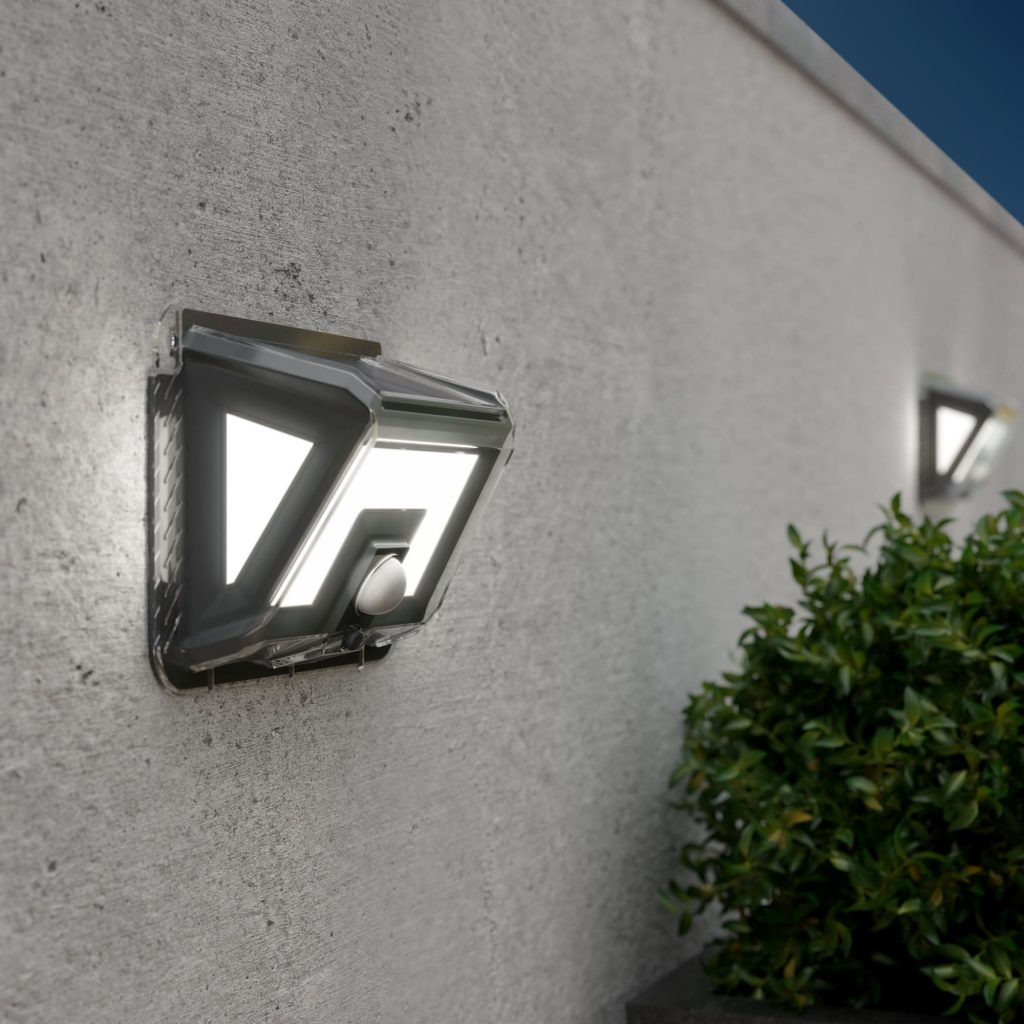
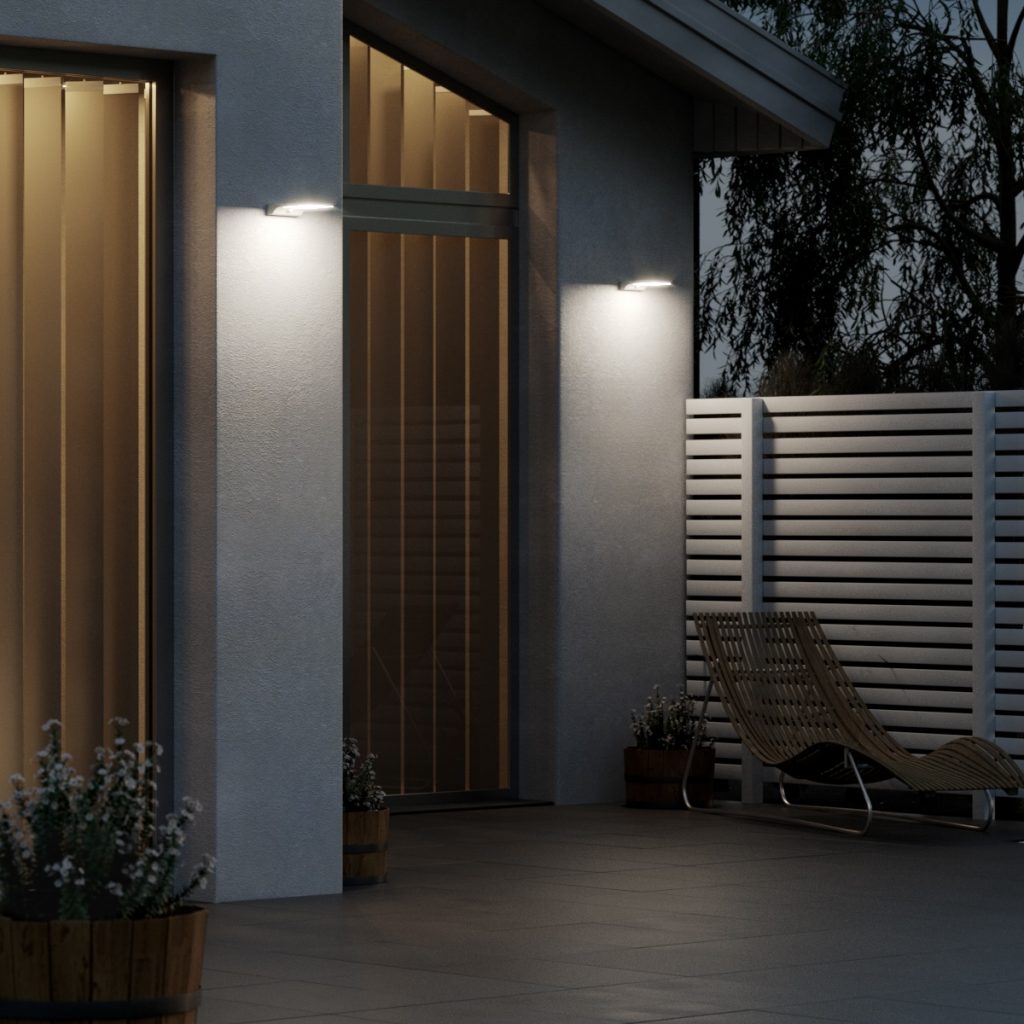
Do motion lights raise electric bills?
If they aren’t solar you can bet they will. The beauty of a solar-powered light is that the sun does all the heavy lifting. After the initial purchase, they shouldn’t cost you a thing. The solar panel will take all of the daylight and convert it to usable electrical energy that is stored in the rechargeable battery inside of the light. This then releases in short bursts after dark.
